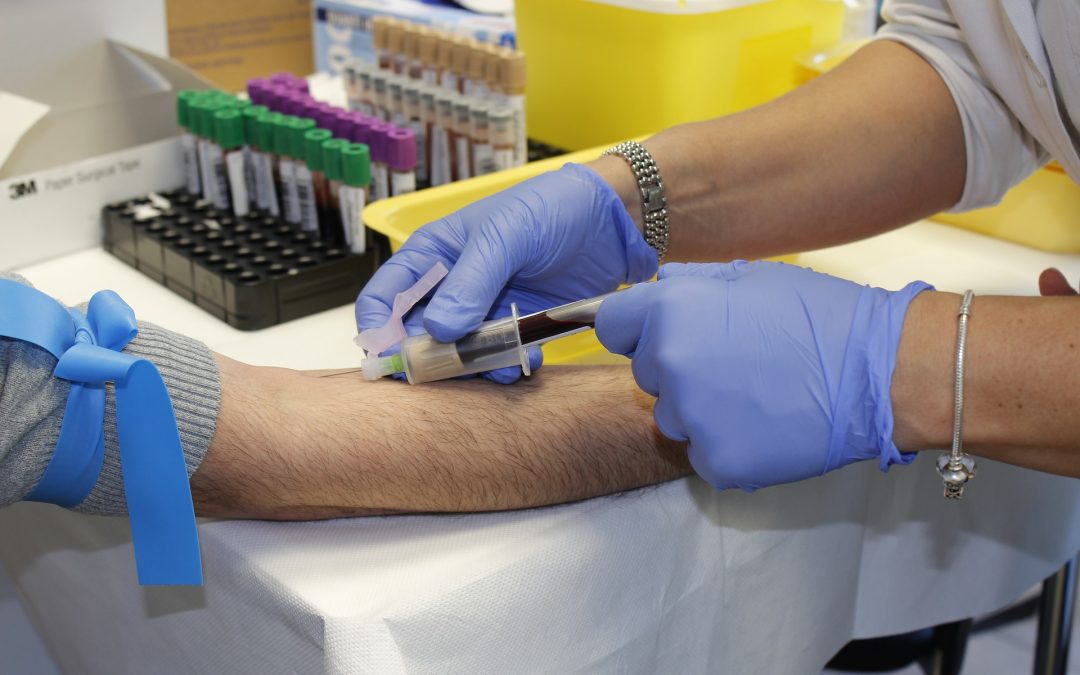When we think about high cholesterol, we probably imagine a big plate of greasy food. It’s true that eating a diet high in saturated fat won’t do anything to help keep your heart healthy and your cholesterol under control. But there are a few facts you might be surprised to learn about this naturally occurring fatty substance.
- There are three different recommended cholesterol levels
Finding the right cholesterol level depends on many things, including your age, gender and medical history. What’s the right target for one person may be different for someone else. Typically, your doctor will set your target cholesterol level, depending on your risk of heart disease or and/or stroke. For example, you can have higher levels of bad cholesterol if you already have a lower overall risk (1).
| How low should my ‘bad cholesterol’ be?
LOW-TO-MODERATE RISK OF STROKE HIGH RISK OF STROKE |
- Changing your lifestyle can reduce your chance of stroke
There are so many things you can do to lower your cholesterol, such as stopping smoking, exercising more, limiting alcohol consumption and eating less saturated fat. It’s encouraging to know that making even moderate changes can have a huge impact on your risk of heart disease and stroke. In fact, simply introducing regular moderate exercise could reduce your cholesterol and lower your chance of stroke.
- 1 in every 250 people is more likely to have high cholesterol
Having high cholesterol isn’t always due to lifestyle choices. One in every 250 people is born with Familial Hypercholesterolaemia (FH). This condition runs in families and makes you more likely to have high levels of bad cholesterol (low density lipoproteins, LDL-C) in your blood. While it can lead to serious health problems, such as stroke, FH can be managed with regular medication (2).
- People over 45 should have their cholesterol checked every 1-2 years
Having high cholesterol usually has no symptoms. Which means it’s important to visit your doctor and get yours checked regularly. Young adults, over the age of 20, should have their cholesterol levels tested every five years. Men aged 45-65, and women aged 55 to 65, should be screened every one to two years. Then, you’ll be able to find out if you are within a healthy range and, if not, make a few changes to reduce your risk of stroke (3).
- Losing just 5% of your total weight can reduce your risk of stroke
How much you weigh is linked to your cholesterol levels and, in turn, your risk of developing certain conditions such as heart disease and stroke. Research shows that people who are obese or overweight may only need to lose 5 to 10% of their starting weight to reduce their ‘bad cholesterol’ and increase their ‘good cholesterol’. This means that a person who weighs 100kg would only need to lose 5 to 10kg in order to start making a difference (4).
References
- https://www.onhealth.com/content/1/cholesterol_levels_heart. Cholesterol levels: what’s normal and how to lower high cholesterol. Reviewed By Charles Patrick Davis, MD, PhD on 4/23/2021.
- https://www.cdc.gov/genomics/disease/fh/FH.htm. Heart Disease, Family Health History and Familial Hypercholesterolemia. Centers for Disease Control and Prevention. 20 March 2021.
- https://www.nhlbi.nih.gov/health-topics/blood-cholesterol. National Heart, Lung and Blood Institute. 4 Jan 2021.
- https://www.health.harvard.edu/heart-health/controlling-your-weight-is-key-to-lowering-stroke-risk Controlling your weight is key to lowering stroke risk. February 19, 2020.
Updated February 2022
Next review 2024


